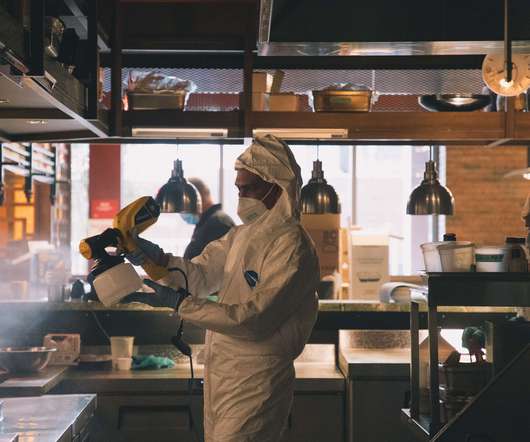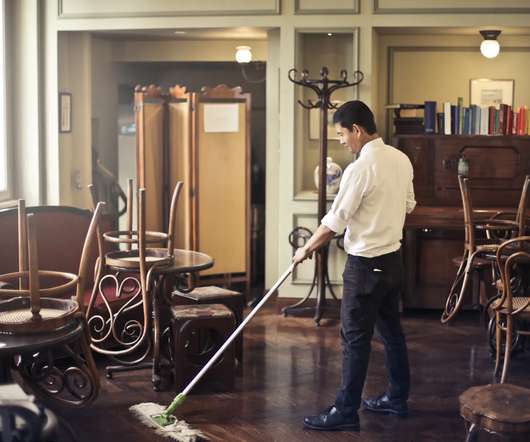Seven Restaurant Trends That Will Define 2022
Modern Restaurant Management
FEBRUARY 4, 2022
This has led to a rise in the appearance of green kitchens, where the business focuses on reducing as much waste as possible and trying to recycle and reuse leftovers whenever they can. It's to find an eco-friendly alternative.

















Let's personalize your content